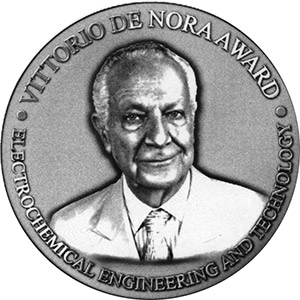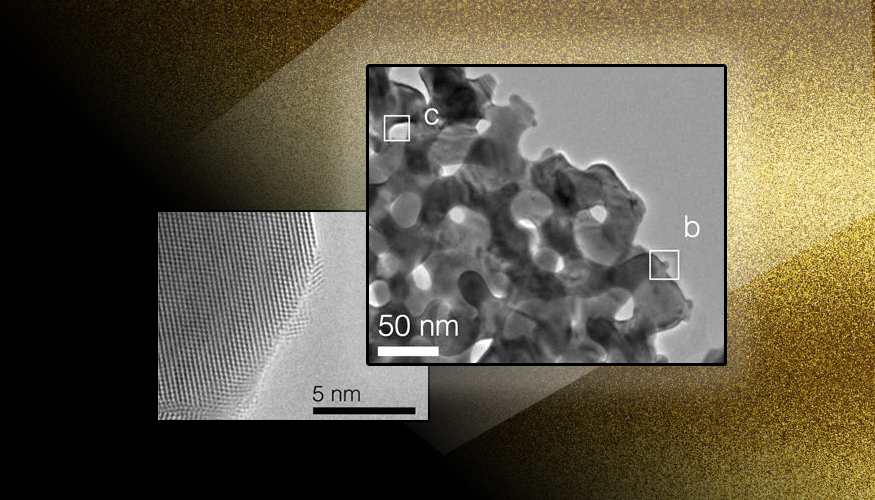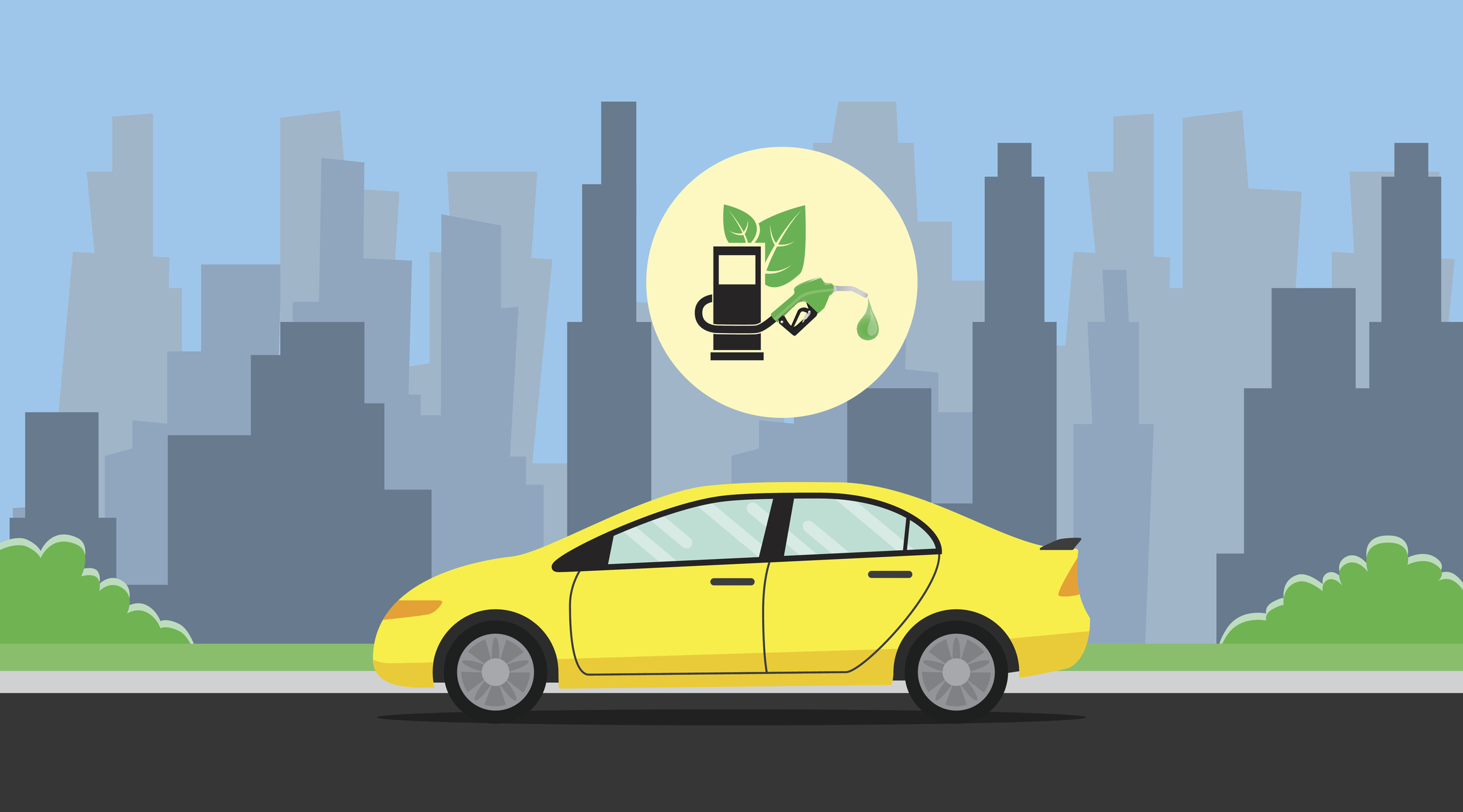![]() ECS is sponsoring the 21st International Conference on Solid State Ionics.
ECS is sponsoring the 21st International Conference on Solid State Ionics.
This is a major event in the field, which is held every two years and attracts a world-wide audience. It provides an unparalleled opportunity to gather leading international scientists and engineers, top-level industrial, management, and business executives to discuss all the different aspects of the science, technology, and applications of ion-conducting materials. The conference facilitates the exchange of ideas between people with different backgrounds and fosters the development and professional growth of both young and experienced researchers alike.
The Organizing Committee of the 21st International Conference of Solid State Ionics (SSI-21) comprises world-level experts in the preparation and study of a large variety of traditional and innovative ion-conducting materials for application in the modern fields of:


 We humans have collectively accumulated a lot of science knowledge. We’ve developed vaccines that can eradicate some of the most devastating diseases. We’ve engineered bridges and cities and the internet. We’ve created massive metal vehicles that rise tens of thousands of feet and then safely set down on the other side of the globe. And this is just the tip of the iceberg (which, by the way, we’ve discovered is melting). While this shared knowledge is impressive, it’s not distributed evenly. Not even close. There are too many important issues
We humans have collectively accumulated a lot of science knowledge. We’ve developed vaccines that can eradicate some of the most devastating diseases. We’ve engineered bridges and cities and the internet. We’ve created massive metal vehicles that rise tens of thousands of feet and then safely set down on the other side of the globe. And this is just the tip of the iceberg (which, by the way, we’ve discovered is melting). While this shared knowledge is impressive, it’s not distributed evenly. Not even close. There are too many important issues  The
The  Just one day after Volkswagen agreed to pay
Just one day after Volkswagen agreed to pay  A new study out of Lawrence Livermore National Laboratory shows that catalysts derived from nano-structured materials are as good as gold.
A new study out of Lawrence Livermore National Laboratory shows that catalysts derived from nano-structured materials are as good as gold.

 A new study led by ECS member Haluk Beyenal reveals a novel type of cooperative photosynthesis with potential applications in waste treatment and bioenergy production.
A new study led by ECS member Haluk Beyenal reveals a novel type of cooperative photosynthesis with potential applications in waste treatment and bioenergy production. Biofuels have become a promising potential alternative for traditional fossil fuels. However, producing biofules only make sense if the greenhouse gasses emitted are less than other means of producing energy.
Biofuels have become a promising potential alternative for traditional fossil fuels. However, producing biofules only make sense if the greenhouse gasses emitted are less than other means of producing energy.